Hello there, young explorers! Today, we’re diving into the vibrant underwater world to discover a fish that is not just famous but also incredibly fascinating: the clownfish. With their bright colours and unique behaviours, clownfish are sure to capture your imagination. So, let’s explore everything there is to know about these incredible sea creatures!

What Are Clownfish?
Clownfish, also known as anemonefish, belong to the family Pomacentridae. They are small, colourful fish typically found in warm, shallow waters of the Pacific and Indian Oceans. There are about 30 different species of clownfish, but the most well-known is the common clownfish (Amphiprioninae), which is bright orange with distinctive white bands. These striking colours not only make them stand out but also help them survive in the wild.
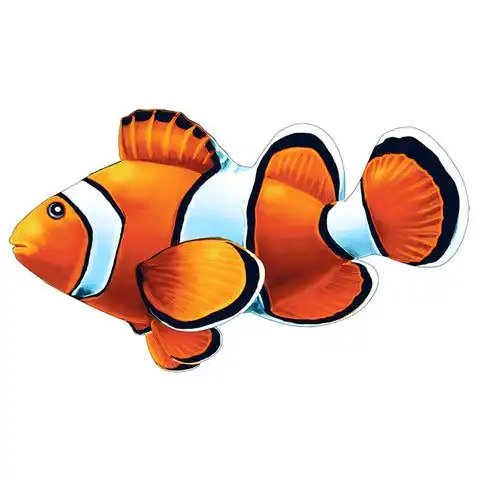
Where Do Clownfish Live?
Clownfish primarily inhabit coral reefs, forming a special relationship with sea anemones. Anemones are fascinating creatures that look like flowers but are actually marine animals with stinging tentacles. These stings do not harm Clownfish due to a special mucus layer on their skin, which protects them. This unique relationship benefits both species: the clownfish get protection from predators while the anemones receive food scraps and cleaning from the clownfish.
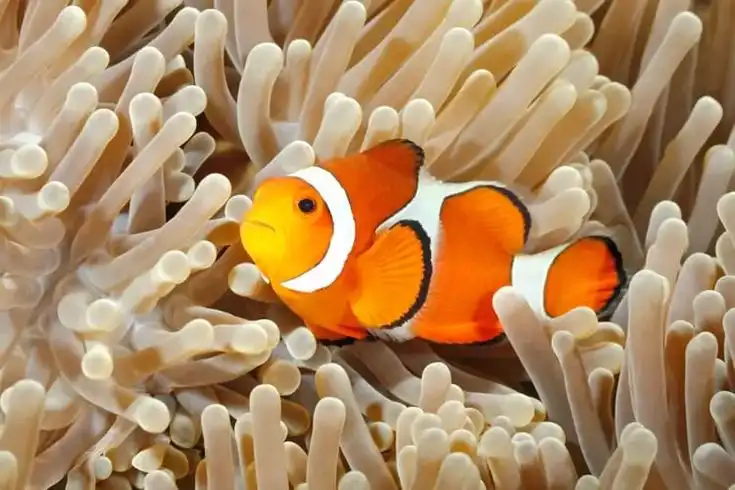
Clownfish Homes: Anemones
Imagine living in a beautiful, swaying underwater garden! That’s precisely what clownfish experience by making their homes in sea anemones. These anemones provide shelter and protection from bigger fish, which might consider clownfish as tasty snacks.
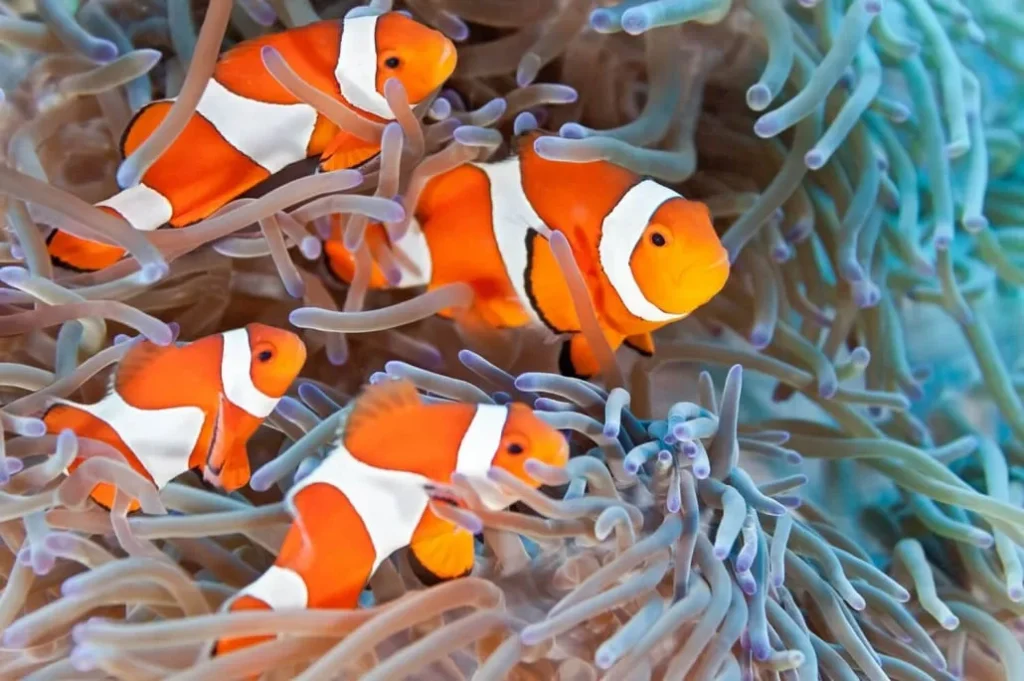
The clownfish and the sea anemone work together like best buddies. The clownfish dance around the anemone’s tentacles, and in return, they help keep the anemone clean and healthy. This mutual relationship is a fantastic example of teamwork in nature!
Life Cycle of Clownfish
Clownfish are born in groups called clutches, which can have anywhere from a few dozen to several hundred eggs. The female clownfish lays eggs on flat surfaces near their anemone home, usually on a rock or coral. The male clownfish, the female partner, takes on the responsibility of guarding and caring for the eggs until they hatch, usually within 6 to 10 days.

When the baby clownfish, known as fry, finally emerge from their eggs, they are tiny and vulnerable. They must swim away from their home anemone to survive. However, as they grow, they will often return to the safety of the anemone, seeking protection and food.

Gender Roles
One of the most interesting things about clownfish is their unique social structure. In a group of clownfish, there is usually one dominant female and one dominant male, along with several smaller males. If the female dies, the male will change sex and become the new female, showcasing the incredible adaptability of these fish. This fascinating gender transformation ensures that the group can continue to thrive and reproduce.

Clownfish Behaviour
Clownfish are known for their playful and curious nature. They are unafraid to explore their surroundings and often swim around their anemone to interact with other fish. They may even engage in friendly “fights” with other clownfish to establish dominance or territory.

Communication
Clownfish communicate with each other through various body movements and sounds. They can produce popping noises and use their bright colours to signal their mood or intentions. This ability to communicate helps maintain their social structure and coordinate activities within their group.
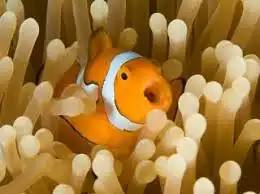
Diet of Clownfish
Clownfish are omnivores, which means they eat both plants and animals. Their diet mainly consists of small zooplankton, algae, and even bits of food from their anemone home. They may also eat tiny crustaceans and other small marine creatures. This diverse diet helps them stay healthy and provides the energy they need for their active lifestyles.

Feeding Time!
Have you ever seen a clownfish munching on its food? It’s a delightful sight! They often nibble on the anemone’s tentacles, taking care not to harm their home. Instead of hunting for food, clownfish rely on their anemone’s bounty, making them resourceful little eaters.

Threats to Clownfish
Despite their vibrant colours and clever adaptations, clownfish face several threats in the wild. Some of these threats include:
- Habitat Loss: Coral reefs are increasingly threatened by climate change, pollution, and human activities. When these habitats are damaged, clownfish lose their homes and food sources.
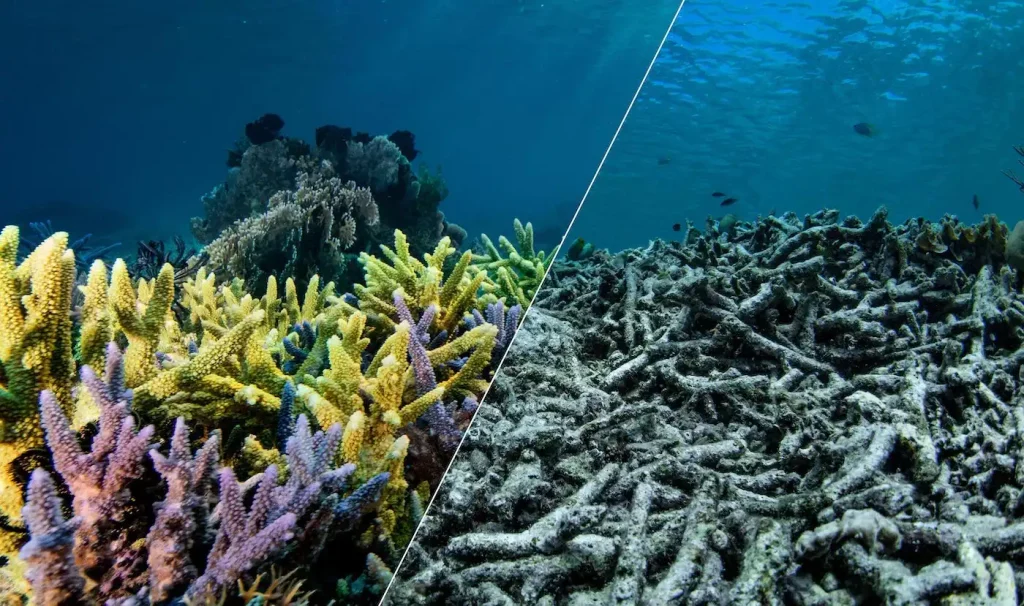
- Overfishing: Clownfish are often captured for the aquarium trade, which can lead to a decline in their populations in the wild. When fish are removed from their natural habitats, it disrupts the balance of the ecosystem.

- Climate Change: Rising ocean temperatures and acidification can harm both clownfish and their anemone partners. These changes can result in bleaching events, where corals lose their vibrant colours and become unhealthy.

Protecting Clownfish
Many conservation efforts are underway to help protect clownfish and their habitats. By promoting sustainable fishing practices and raising awareness about the importance of coral reefs, we can all contribute to preserving these incredible fish.

Clownfish in Popular Culture
Clownfish have become famous thanks to movies like Finding Nemo. In the film, a clownfish named Marlin embarks on an adventurous journey to find his son, Nemo, who a diver has captured. This heartwarming story has captured many’s hearts and helped raise awareness about clownfish and the importance of protecting their habitats.

The film introduced audiences to the colourful underwater world of clownfish and their unique relationships with anemones. It also highlighted the dangers these fish face in the wild, encouraging viewers to care for marine life.
Fun Facts About Clownfish
- Bright Colours: Clownfish can be found in various colours, including orange, red, and black, depending on the species.

- Size: Most clownfish are relatively small, usually reaching a length of 4 to 5 inches (10 to 12 cm).
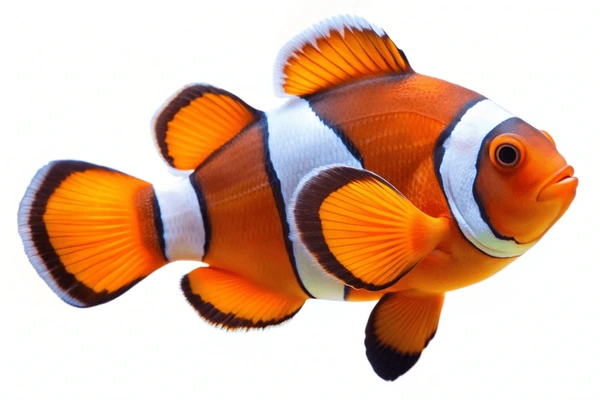
- Dancing: Clownfish are known for their playful behaviour. They often “dance” in the water, showcasing their agility and liveliness.
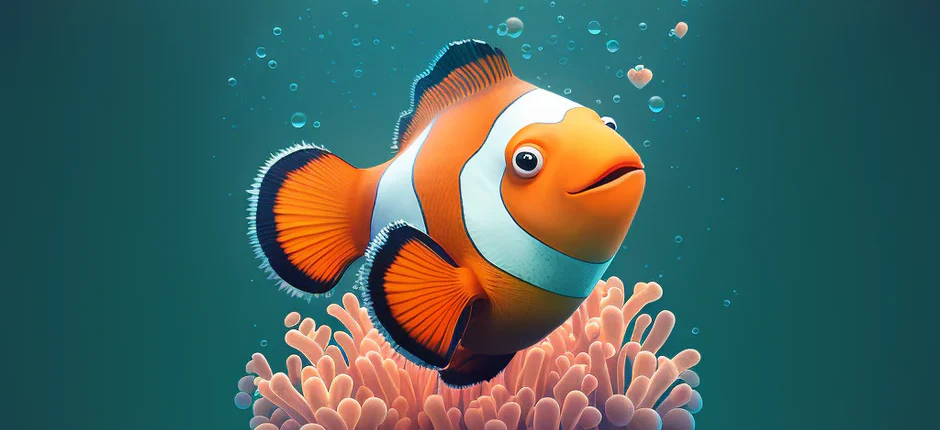
- Habitat Partnership: Not all clownfish live with the same species of anemone; each species has its favourite anemone partners, showcasing the diversity in their habitats.
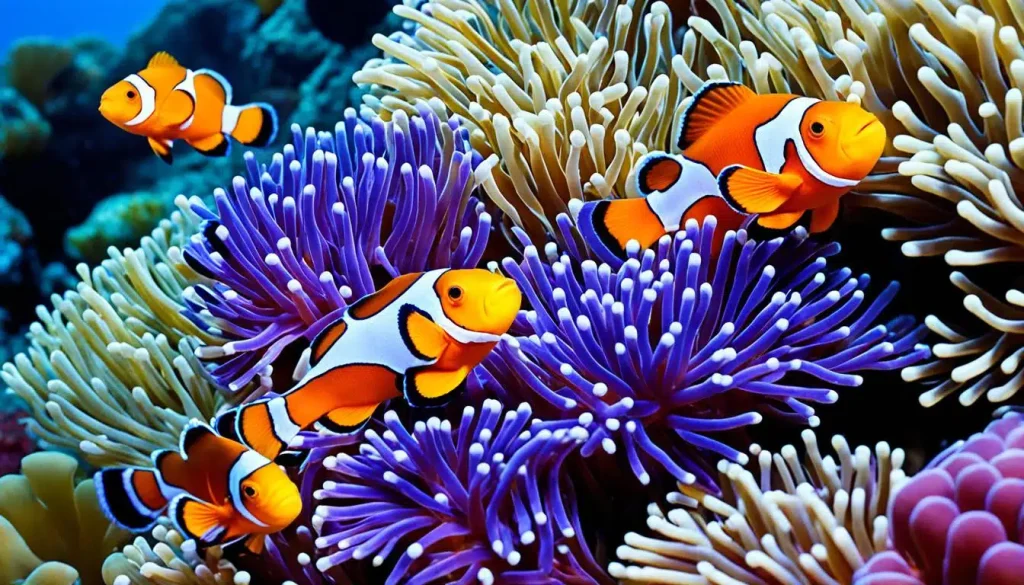
- Lifespan: Clownfish can live for 6 to 10 years in the wild and even longer in captivity.

Conclusion
Clownfish are remarkable creatures that play a vital role in our oceans. Their vibrant colours, unique behaviours, and fascinating relationships with sea anemones make them a favourite among marine life enthusiasts. By learning about clownfish and their habitats, we can all do our part to protect these incredible fish and the ecosystems they depend on.
For more interesting articles, please visit www.kidzherald.com





